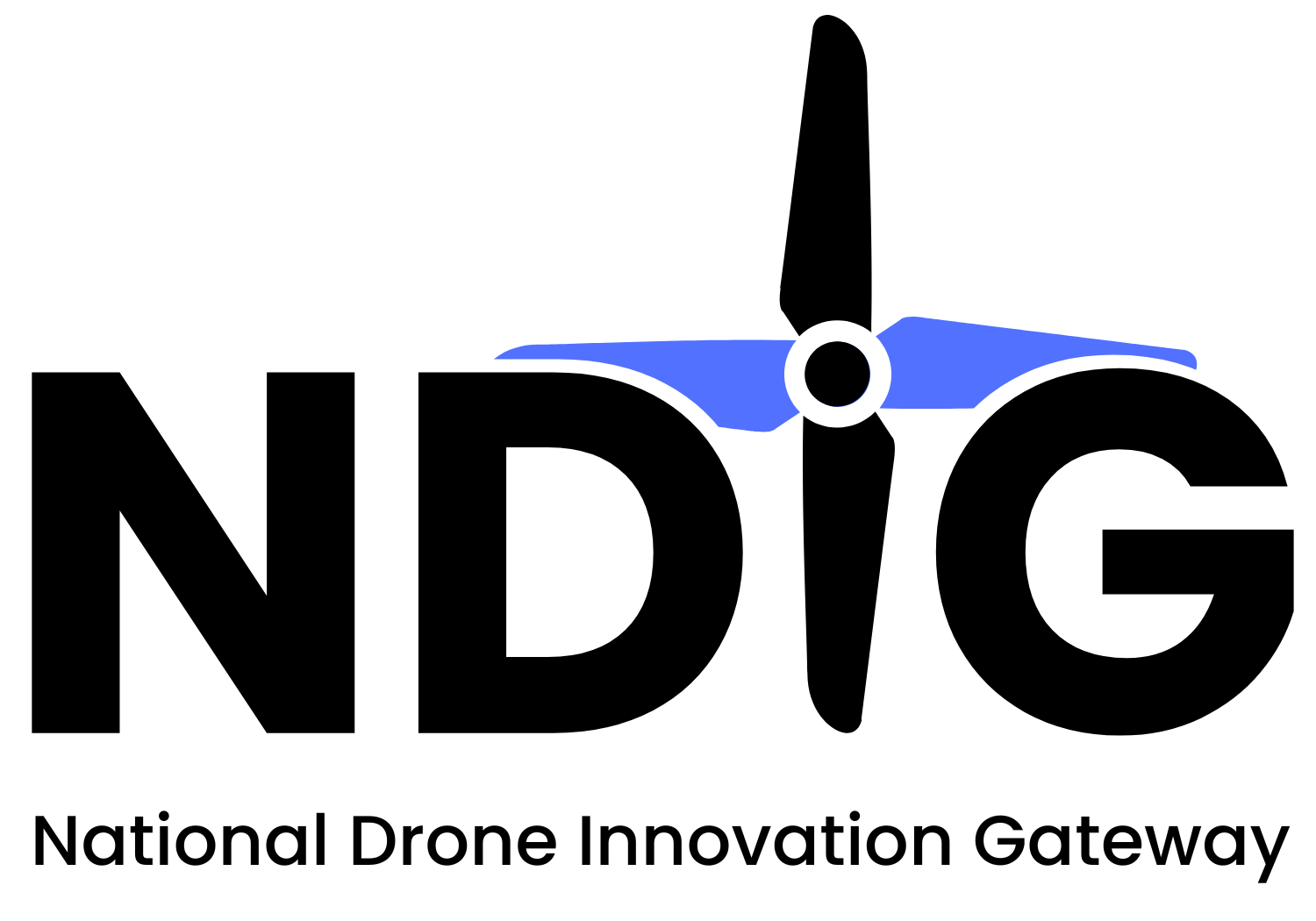NDIG Partners Building the Blueprint for BVLOS Drone Flights
Introduction
The aviation industry has been beset with the problem of how to integrate drones Beyond Visual Line of Sight (BVLOS) into the national airspace system for over a decade. Regulators internationally, worried at the risk of aircraft collisions, have restricted drone flights to Visual Line of Sight (VLOS) which has massively constrained both drone market growth and potential use cases.
In the near future, drones will become an integrated part of our lives, delivering vital medical supplies, monitoring air quality, and revolutionising various industries. However, there are several challenges that need to be addressed to achieve this seamless integration, including:
The development of a regulatory framework for stakeholders to operate safely and securely, including guidance and support on technology, systems and supporting infrastructure
Capture and sharing of data regarding best practices for drone operation
Addressing public safety and security concerns about the use of drones, particularly in urban areas
A consortium of leading pioneers, including all three NDIG partners; Cranfield University, Ebeni and Neuron Innovations, has come together to help resolve this ‘BVLOS problem’, and to do so in an open and collaborative manner as part of Project BLUEPRINT.
Project BLUEPRINT
The project will provide the industry with a set of ‘blueprint documents’ to facilitate the successful integration of drones and crewed aircraft into the same airspace. This will be achieved through the introduction of designated ‘drone zones’, designed to define how drones can operate safely and efficiently.
These specially designated zones will replace the existing practice of using temporary and segregated volumes of airspace for drone operations, which will contribute to scaling BVLOS operations beyond segregated airspace, leading to a new era of commercial drone usage that will benefit businesses, consumers and society more widely.
With the seamless integration of drones into everyday life, critical medical supplies can be swiftly and efficiently delivered to remote areas, search and rescue operations can be significantly enhanced through drone assistance and real-time air quality monitoring will provide invaluable insights for environmental management. These advances, and many others, have the potential to save lives, optimise logistics, and create new avenues for growth and innovation in various industries.
Project BLUEPRINT aims to support the expansion of ‘drone zones’ and ultimately lead to a situation where shared airspace becomes business as usual across the United Kingdom. As the project progresses, valuable insights and data derived from trials and demonstrations will help inform regulators and industry stakeholders worldwide, guiding the seamless integration of drones into their respective airspace.
NDIGs Role in BLUEPRINT
NDIG is committed to advancing air mobility and supporting the innovative use of drone technology. Our collaboration with other industry leaders within the Project BLUEPRINT consortium contributes to the development of best practices and supports the creation of regulatory frameworks that will benefit countries aiming to integrate drones into their airspace.
-
Cranfield University’s role in Project BLUEPRINT will be to develop a prototype on-board non-cooperative detect and avoid system that will be integrated and tested on University of Southampton’s UAS platform.
-
Ebeni’s role in the consortium is to support the airspace change process, the regulatory application, and to conduct a project wide (holistic) safety assessment.
-
Neuron takes on several roles, including project management, ADS-B surveillance network service provision, strategy, trials and testing, and ADS-B sensor coverage modelling.
Information
Project BLUEPRINT is funded by the UK Research and Innovation’s Future Flight Challenge, a £300 million programme aimed at catalysing innovation in the UK aviation sector, and is aligned with the Future of Flight Industry Group, under the Department for Transport. The project is a collaborative effort that brings together diverse expertise from over ten partner companies, including renowned aerospace universities, traffic management providers, avionics, software and hardware/platform manufacturers, as well as drone operators.

